News
-
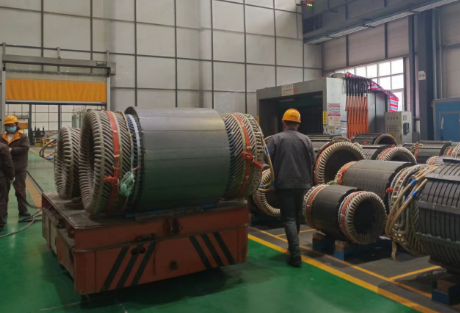
PTC thermistor and PT100 thermistor
Thermistors are widely used in temperature sensing and control applications across various industries. Among the different types of thermistors, PTC (Positive Temperature Coefficient) and PT100 are the two commonly used variants. Both types of thermistors are used for temperature measurement, but...Read More -
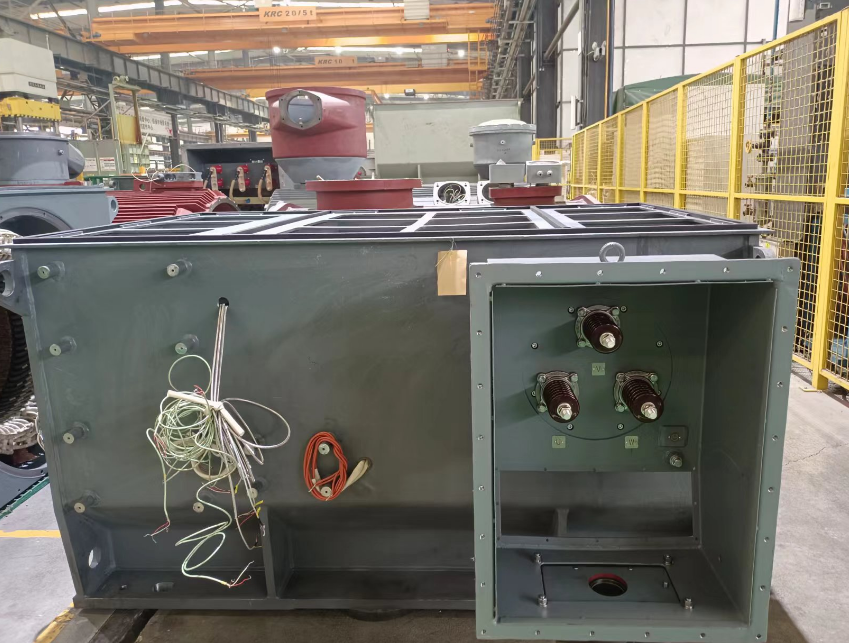
Motor Bearing Maintenance: The Importance of Grease Application
Motor bearing maintenance is an important aspect of ensuring smooth and efficient operation of motors in a variety of industrial and commercial applications. Bearings play a vital role in supporting the rotating parts of a motor, such as the shaft and rotor, and facilitating their movement with m...Read More -
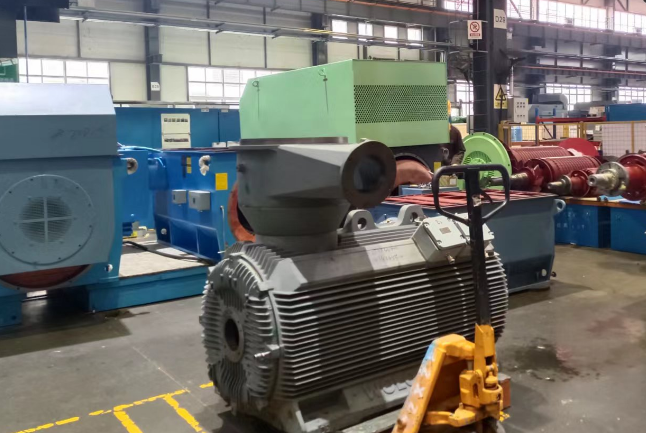
Explosion-proof motor explosion causes and troubleshooting methods
Causes of explosion-proof motor failure and troubleshooting methods are generally as follows: 1 due to improper maintenance and installation, so that the explosion-proof surface serious corrosion. Therefore, to take the correct installation process, and according to the maintenance system to care...Read More -

International Standards for Explosion-proof Motors
International standards for explosion-proof motors are essential to ensure the safety and reliability of equipment used in hazardous environments. These standards are designed to minimize the risk of explosions and protect people and property in industries such as oil and gas, chemicals, pharmace...Read More -
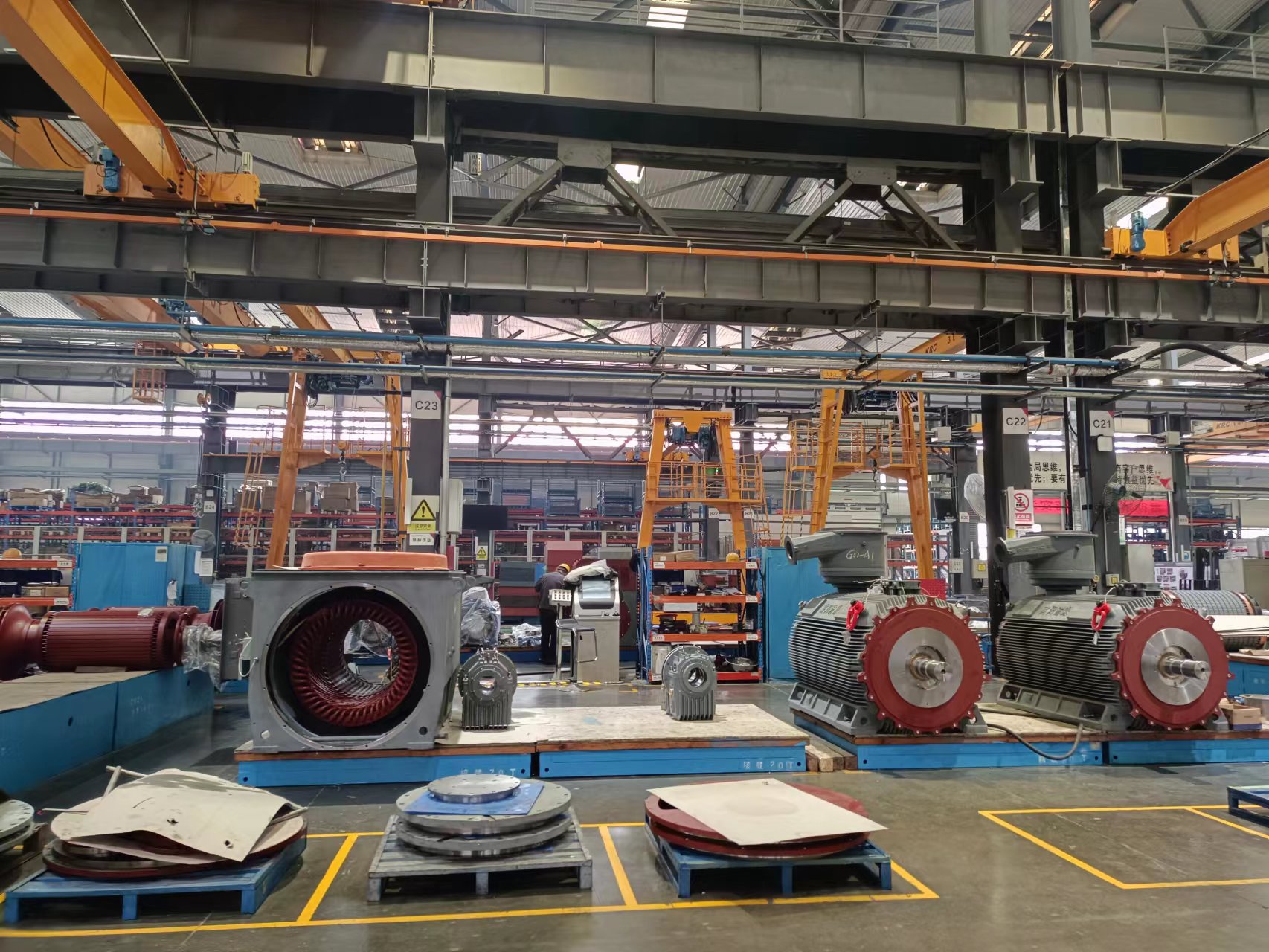
High-voltage Motors Commonly Used in Industrial Industry and Their Characteristics
High-voltage motors are important components in the industrial industry, powering a variety of machinery and equipment. These motors are designed to handle high voltage levels (usually above 1000 volts) and are known for their ruggedness and efficiency. Let’s take a closer look at some of the hig...Read More -

The Main Explosion-proof Forms of Explosion-proof Motor
Explosion-proof motors are essential in industries where flammable gases, vapors or dusts are present. These motors are designed to prevent the ignition of these hazardous materials, ensuring the safety of the equipment and nearby workers. There are several main forms of explosion-proof motors ...Read More -

Structure and Working Principle of Asynchronous Motor
For anyone interested in electrical engineering or industrial machinery, understanding the structure and working principles of asynchronous motors is essential. Asynchronous motors, also known as induction motors, are widely used in a variety of applications due to their simple design and reliabl...Read More -

Comparison of Asynchronous Motors and Synchronous Motors
When it comes to electric motors, two common types that are often compared are asynchronous motors and synchronous motors. Both have their own unique features and applications, so it’s important to understand the differences between the two. Asynchronous motors, also known as induction motors, ar...Read More -

Classification of explosion-proof motors: Learn about enhanced safety and positive pressure dust protection
Explosion-proof motors are important components in various industrial applications, and the risk of explosion is always a concern. These motors are designed to prevent the ignition of flammable gases, vapors or dust in hazardous environments, ensuring the safety of personnel and equipment. In thi...Read More -
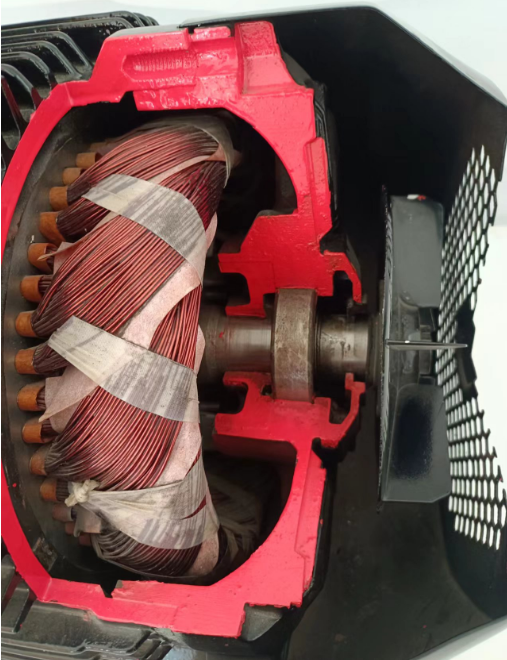
The difference between rolling bearings and sliding bearings in motors: advantages and disadvantages
When it comes to the operation of a motor, the selection of rolling and plain bearings is a critical decision that can significantly affect the performance and efficiency of the motor. Both types of bearings have their own advantages and disadvantages, and understanding their differences is cruci...Read More -

Explosion-Proof Motors vs. Spark-Free Motors: Know the Differences
Safety is of paramount importance when it comes to industrial machinery and equipment. In hazardous environments where the risk of explosions and fires is a constant concern, the use of specialized motors is critical to ensuring the safety of people and equipment. Two types of motors commonly use...Read More -
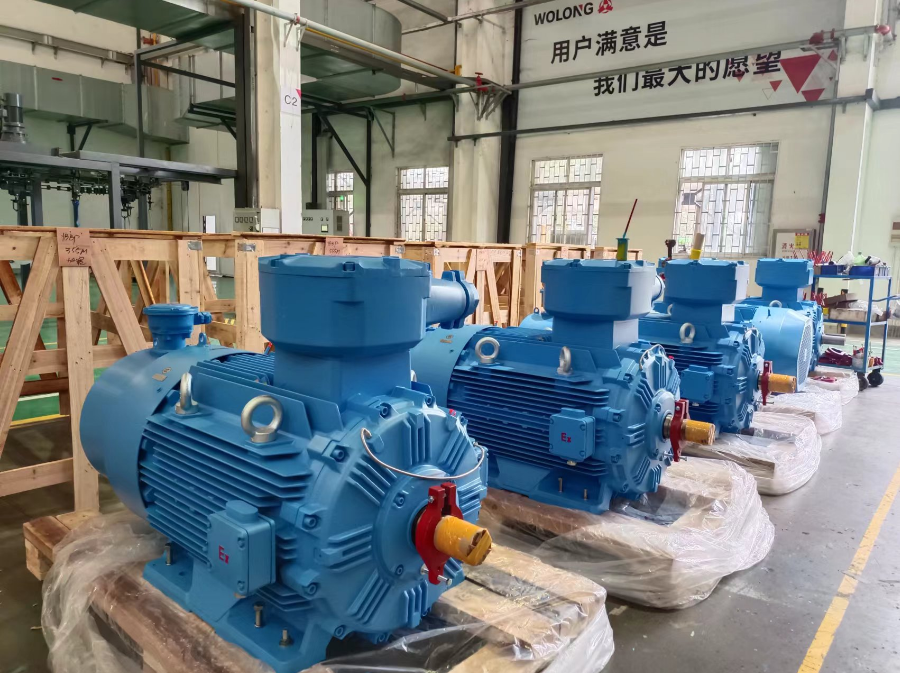
Advantages of motors with noise-reducing fan shrouds
In today’s fast-paced world, noise pollution has become an important issue in residential and industrial environments. One of the major sources of noise in many environments are motor-driven fans used for cooling and ventilation purposes. However, as technology has advanced, the developmen...Read More





